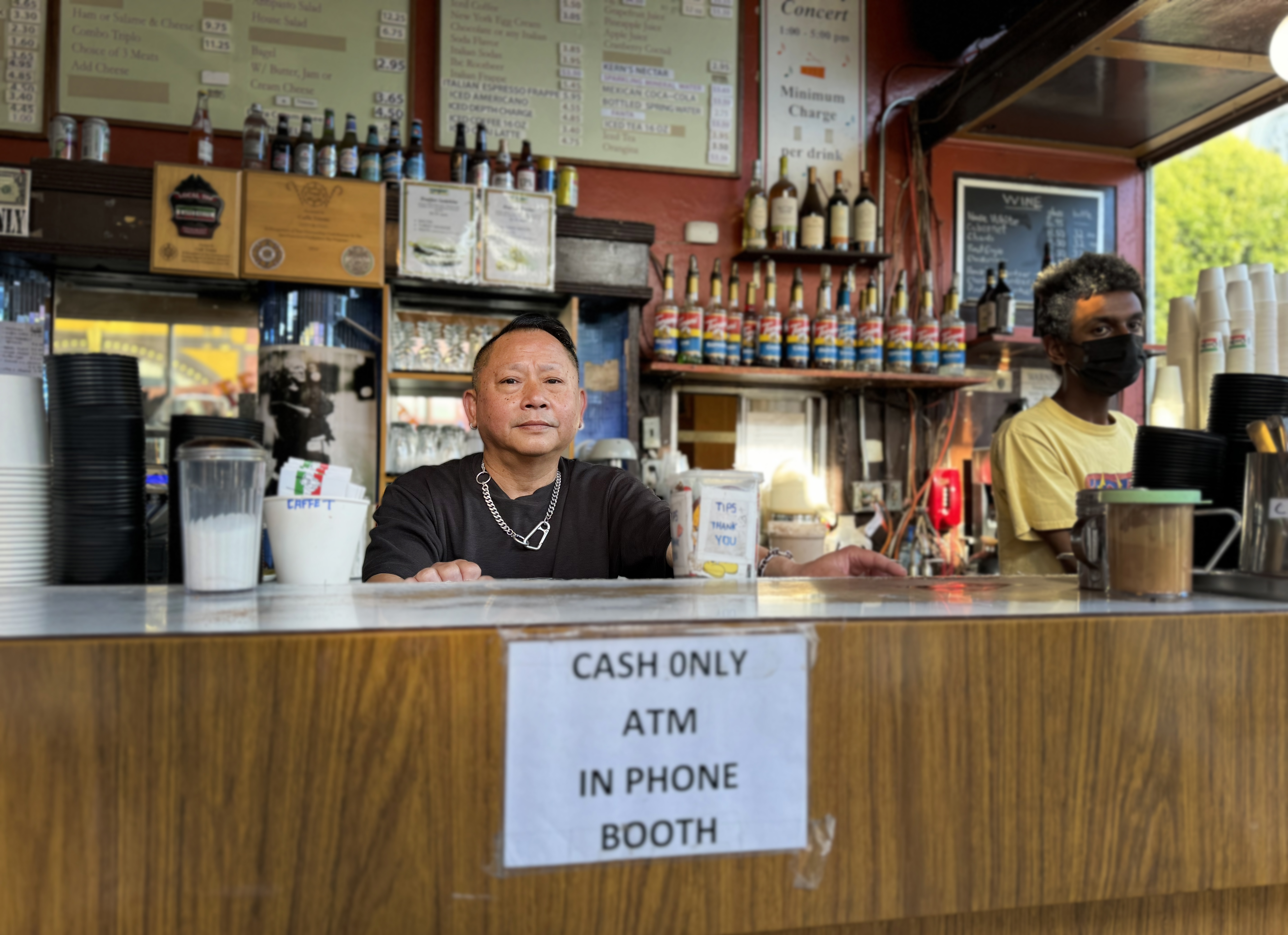The tsunami threat around the Pacific from a huge undersea volcanic eruption began to recede Saturday, while the extent of damage to Tonga remained unclear.
Locally, the National Tsunami Warning Center canceled the tsunami advisory for the coastal Bay Area and the Santa Cruz County shoreline Saturday evening.
The advisory was issued in response to the volcanic eruption in the Tonga Islands.
Meteorologist Rob Mayeda tweeted that while the advisory was dropped, unusual currents were still possible near harbors and inlets as water level surge fluctuations continued at Point Reyes, San Francisco and Monterey on Saturday night.
Get a weekly recap of the latest San Francisco Bay Area housing news. Sign up for NBC Bay Area’s Housing Deconstructed newsletter.
The tsunami waves caused damage to boats as far away as New Zealand and Santa Cruz, but did not appear to cause any widespread damage.
Local
In Berkeley, evacuation orders were for boats and docks at the Berkeley Marina, according to a police spokesperson.
Berkeley police told NBC Bay Area that 113 people were evacuated form the Marine shoreline area and access was restricted as a mandatory evacuation order was issued.
The impacts of the Tsunami advisory in the Bay Area were not limited to the water, In the video below, Rob Mayeda explains how the volcanic eruption in Tonga sent a pressure wave across the Pacific that arrived in the Bay Area.
Tsunami advisories were earlier issued for Japan, Hawaii, Alaska and the U.S. Pacific coast. The U.S. Geological Survey estimated the eruption caused the equivalent of a magnitude 5.8 earthquake. Scientists said tsunamis generated by volcanoes rather than earthquakes are relatively rare.
Following Saturday’s eruption, residents in Hawaii, Alaska and along the U.S. Pacific coast were advised to move away from the coastline to higher ground and to pay attention to instructions from their local emergency management officials, said Dave Snider, the tsunami warning coordinator for the National Tsunami Warning Center.
“We don’t issue an advisory for this length of coastline as we’ve done — I’m not sure when the last time was — but it really isn’t an everyday experience,” Snider said.
Savannah Peterson watched in shock as the water rose several feet in a matter of minutes in front of her oceanfront house in Pacifica, just south of San Francisco.
“It came up so fast, and a few minutes after that it was down again. It was nuts to see that happen so quickly,” she said. “I’ve never had water come all the way up to my front door, and today it did.”
Police rescued a surfer whose surfboard broke in powerful waves off San Francisco.
Farther south in Santa Cruz, officials were taking stock of damage after a surge damaged boats and inundated low-lying streets and parking lots, sending cars afloat.
In Southern California, surging waters sunk at least one boat in Ventura Harbor northwest of Los Angeles.
The Associated Press contributed to the report.



